"Monopole" Ascending Double
|
Label (Bell):
|
7220 [trademark: fagott-axe with "MONOPOLE" on banner terminated at each end b a cock's head]/ COUSENON.S.A. PARIS MONOPOLE CONSERVATOIRE |
|
|
Model:
|
Compensating double horn in F and B-flat with ascending third valve. | |
|
Serial Number:
|
7220 |
|
|
Date of Manufacture:
|
||
|
Key(s):
|
F/B-flat | |
|
Valves:
|
3 Périnet, 1 rotary | |
|
Bore:
|
||
|
Mouthpiece Receiver:
|
||
|
Crook Socket:
|
||
|
Bell Flare:
|
||
|
Bell Throat:
|
||
|
Bell Diameter:
|
||
|
Base Metal:
|
brass | |
|
Finish:
|
silver plate | |
|
|
||
The firm Couesnon was established in Paris in 1882 by Amédée August Couesnon, the son-in-law of Gautrot aîné who took over the directorship of Gautrot-Durand et Cie. By 1883 the business was styled “Couesnon, Gautrot, et Ci Cie.” and from 1888 onwards as “Couesnon et Cie.” In 1890 it humbly advertised as “manufacture d’insts. de musique la plus importante au monde.” In 1896 it reported a workforce of 200 at the Chateau-Thierry factory. By 1911 the firm was making every kind of musical instrument, employing a workforce of 1000 at eight factories, and was then the largest single musical instrument manufacturer in the world. In 1914 he factory at Chahteau-Thierry was making annually about 50,000 brass instruments, and about 10,000 at Garennes. By 1925 claimed to have made over two million musical instruments at their six factories, however by 1927 when the firm celebrated its cententary, the workforce had dwindeled to 200. By 1931 it became known as “Couesnon S.A.” Among their predecesseurs et maisons réunies were the wind instrument making firms of Association Général des Ouvriers, Feuillet, Gautrot aîné, Guichard, Lecompte, Massin & Thibouville, Triébert, Tulou, and others. The former trade names were often still used after the acquired firms ceased to exist. A catalog of 1913 states “comme par le passé, nos instruments porteront, suivant leurs diverses catégories, nos marques de fabrique Gautrot aîné, Gautrot-Marquet, Tulou, Triébert. Nous les livrons également sans marque, à la volunté de l’acheteur” [as in the past according to category our instruments will be stamped with the proprietary marks of Gautrot aîné, Gautrot-Marquet, Tulou, Triébert. On request , we can also supply them unmarked.] A 1913 catalog gives the following key to the quality range of their products: “Modèle Monopole” the most expensive, “Armée BN,”, “Armée GNM”, “National BO”, “Universal CGO”, with Modèle SO” as the cheapest. |
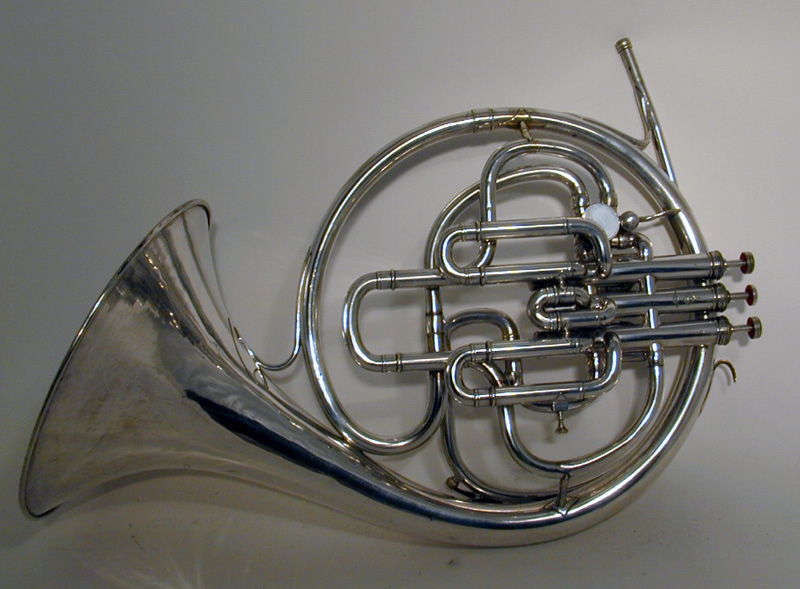
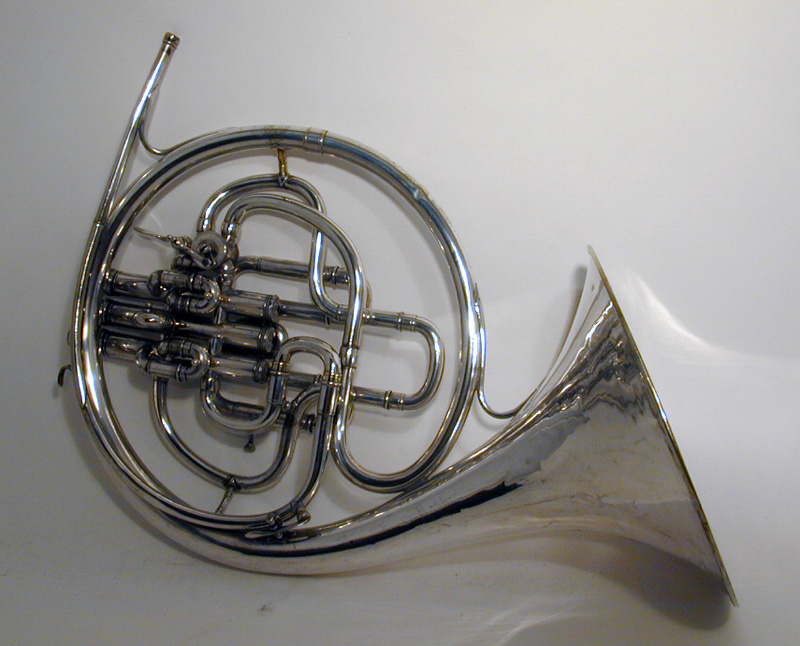
|
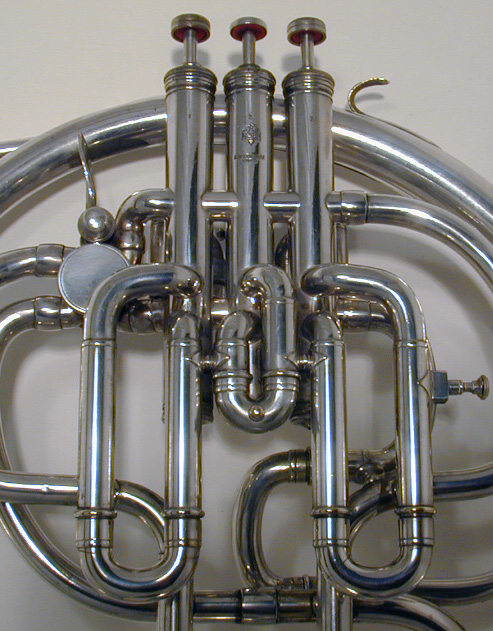
|
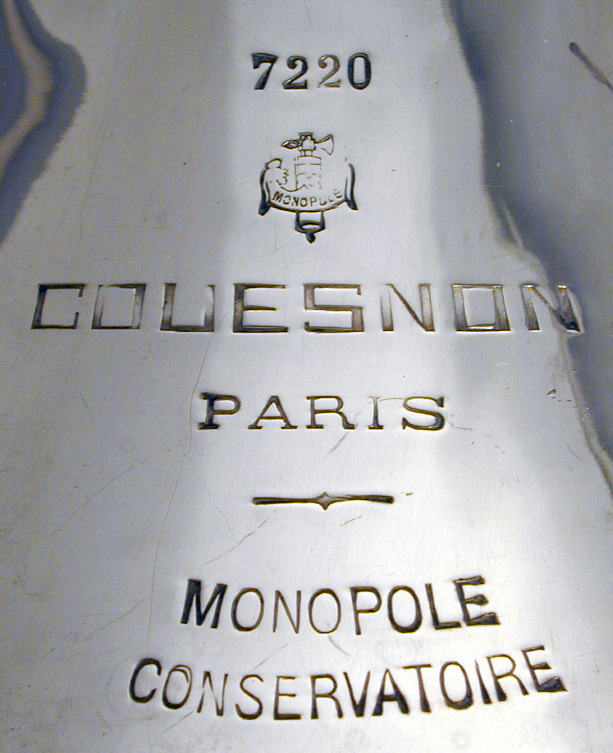
|
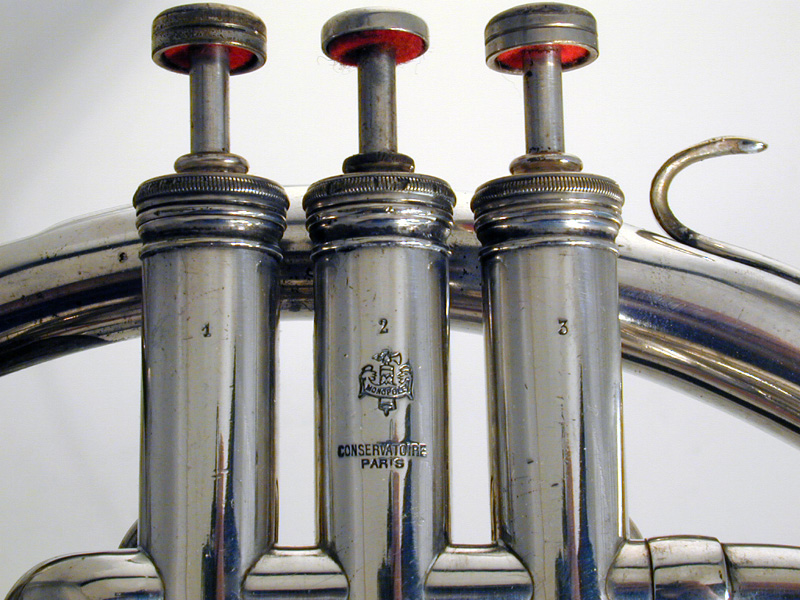
|
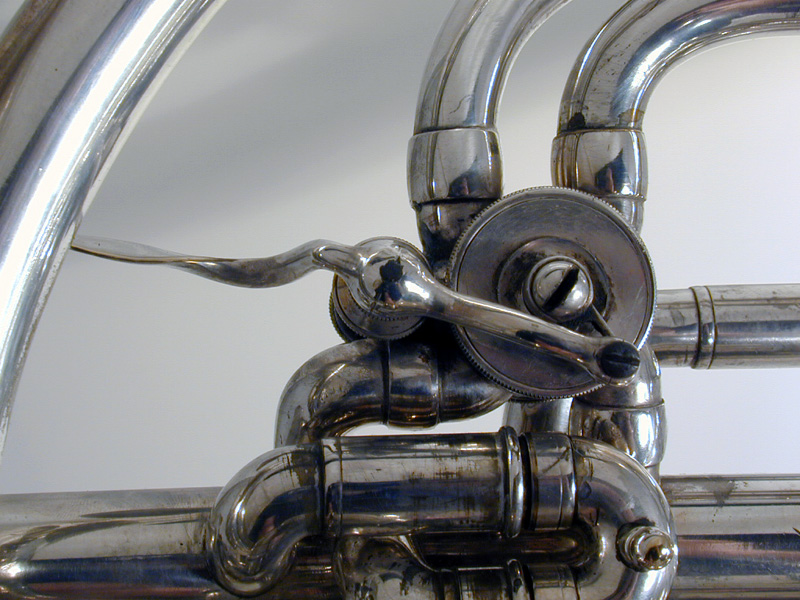
|
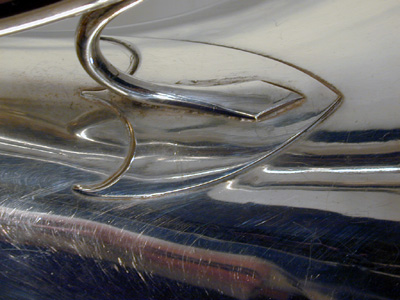
|
|
Louis COURTINAT (1908-1992) par Michel PROUST |
||
|
Le 27 Novembre 1992 décédait Louis COURTINAT qui fut Cor
Solo à l'Orchestre National de 1935 à 1960.
Né Neuilly le Réal (Allier), il débute dans la fanfare du village dirigée par son père, au saxhorn alto Mib. En 1925, il entre à l'Ecole de Musique de Moulins, où pour gagner sa vie, il travaille chez un architecte pendent un an. Il obtient son 1er Prix de Cor à Moulins. Il eut la chance, habitant près de Vichy, de rencontrer les musiciens faisant la saison au Casino, dont les célèbres MAXIME-ALPHONSE Cor Solo à l'Opéra Comique et Pasdeloup, et Edouard VUILLERMOZ Soliste de Société de Concerts du Conservatoire. En 1926 il est admis au Conservatoire de Paris, Noo 1 sur 26 candidats. Il obtint le 1er Prix en 1932, après un congé en 1930 et 31 pour son service militaire. Pendant ce temps, il fait avec l'Orchestre Symphonique de Paris de tournes en France et à l'étranger, ce qui était rare à l'époque. Ayant entendu des orchestres étrangers - notamment en Allemagne - il admire l'aisance et la sécurité des cornistes et les possibilité offertes par leurs instruments. Il est membre des orchestres des cinémas Paramount et Gaumont Palace, du théâtre Marigny, théâtre du Chatelet pendant 4 ans et saison de Vichy. Orchestre National: créé et dirigé par D.E. INGELBRECHT en 1934 - Il entre comme 4ème Cor, puis Cor Solo en 1935 en remplacement de Robert BLOT nommé à l'Oépra. Il tient la place pendant pendant 26 ans jusqu'en Octobre 1960. Il jouera sous des plus grandes chefs: ANSERMET, MONTEUX, BEECHAM, BERNSTEIN, KLEMPERER, BOULEZ, BRITTEN, Richard STRAUSS, STRAVINSKY, etc.. Il fut le premier corniste fraçnais jouer un cor de type allemand des 1931. En 1934, le pupitre de l'Orchestre National adopta cet instrument, ce qui souleva pendant de longues années de vives polémiques. Vers 1950, il devint Président de l'Orchestre National. Le Quintette à Vent de l'Orchestre National: Créateur et animateur de cette formation composée des Solistes de l'Orchestre National: - Fernand DUFRENE à la flûte - Jules GOETGHELUCK au hautbois - Gaston HAMELIN à la clarinette - René PLESSIER au basson - et lui au cor. Le quintette fit plusieurs centaines de concerts à travers le monde et remporta deux fois le prix du disque avec les quintettes de MOZART, BEETHOVEN, MILHAUD, IBERT et HINDEMITH et le sextour de POULENC avec Jean FRANÇAIX au piano. Le professeur: A l'Ecole de Musique de Bourges pendant 5 ans et à l'Ecole Nationale d'Orleans de 1943 à 1951. Professeur et conseiller pour la musique de chambre instruments à vent aux Académies d'Eté de Bayreuth et Salzbourg. Chargé de cours pendant 2 ans au Conservatoire National Supérieur de Paris avec Fernand Oubradous. Jurys: Il participera très souvent à des jurys, au CNSM de Paris, au recrutement d'instrumentistes dans les orchestres et concours inernationaux Ancône, Munich, Prague, non seulement pour juger les cornistes mais d'autres solistes et chefs d'orchestre. Il a participé 22 fois au Jury Concours International de Jeunes Chefs d'Orchestre de BESANÇON. Administrateur: De 1960 à sa retraite, il fut administrateur des orchestres des Radios Nationales. Mais tout au long de sa vie, sa grande passion et détente fut l'alpinisme à un haut niveau - si je puis dire - Plusieurs ascensions de 4 000 m dont certaines avec Bruno Walter. Ce qui l'incita à sa retraite à BESANÇON où il mourut à 80 ans en 1992. Michel PROUST Ex Elève de Louis COURTINAT Ex Professeur au Conservatoire d'Orléans |
Louis Courtinat, who was Solo Horn with l''Orchestre
National from 1935 to 1960, died on November 27, 1992.
Born in Neuilly le Réal (Allier), he started with an Eb alto saxhorn in the village brass band led by his father. In 1925, he entered the School of Music in Moulins, where he worked for an architect for a year to make a living. He received his first Prix de Cor at Moulins. Living near Vichy, he was fortunate to meet the musicians performing for the season at the Casino, including the famous MAXIME-ALPHONSE Solo Horn at l'Opéra Comique and Pasdeloup, and Edouard Vuillermoz Soloist with Société de Concerts du Conservatoire. In 1926 he was admitted to the Paris Conservatory, first out of 26 candidates. He won the 1st Prize in 1932, after a leave in 1930 and 31 for his military service. Meanwhile, he toured with l'Orchestre Symphonique de Paris in France and abroad, which was rare at the time. Having heard orchestras abroad - especially in Germany - he admired the ease and safety of horn players and the possibilities offered by their instruments. He was a member of the orchestras of the Paramount cinemas and Gaumont Palace, Theatre Marigny, Theatre du Chatelet for 4 years and a season at Vichy. National Orchestra: Founded and led by D.E. Inghelbrecht in 1934 - He started as fourth horn, then as Cor Solo in 1935, replacing Robert Blot who was appointed to the l'Opera. He played under the direction of the great conductors: BEECHAM, BERNSTEIN, KLEMPERER, BOULEZ, BRITTEN, Richard STRAUSS, STRAVINSKY, etc. .. He was the first french horn to play a German-style in 1931. In 1934, the whole section of l'Orchestre National adopted this instriument, which raised a deep controversy for many years. Around 1950, he became President of l'Orchestre National. The Wind Quintet of l'Orchestre National: Creator and facilitator of the formation of Soloists of the l'Orchestre National: - Fernand DUFRENE, flute - Jules GOETGHELUCK, oboe - Gaston HAMELIN, clarinet - Ren PLESSIER, bassoon - himself, horn. The quintet played several hundred concerts around the world and won the Prix du Disque twice with quintets by MOZART, BEETHOVEN, MILHAUD, HINDEMIH, and IBERT, and sextour by POULENC with Jean FRANÇAIX at the piano. Teacher: At l'Ecole de Musique de Bourges for 5 years and at l'Ecole Nationale d'Orleans from 1943 to 1951. Professor and advisor for chamber music wind instruments at the Summer Academies of Bayreuth and Salzburg. Lecturer for 2 years at the Conservatoire National Supérieur de Paris with Fernand Oubradous. Juries: He often participated on panels, at the CNSM Paris, in the recruitment of players in orchestras and international competitions at Ancône, Munich, Prague, not only to judge horn players but other soloists and conductors. He participated 22 times in Concours International de Jeunes Chefs d'Orchestre de BESANÇON. Manager: From 1960 to his retirement, he was director of the National Radio orchestras. But throughout his life, his passion and relaxation was climbing to a high level - if I may say - several ascents of some 4000 m with Bruno Walter. That encouraged him to retire in BESANÇON, where he died at age [84] in 1992. Michel Proust Former Student of Louis Courtinat Former professor at the Conservatoire d'Orléans Translated by Dick Martz |
|
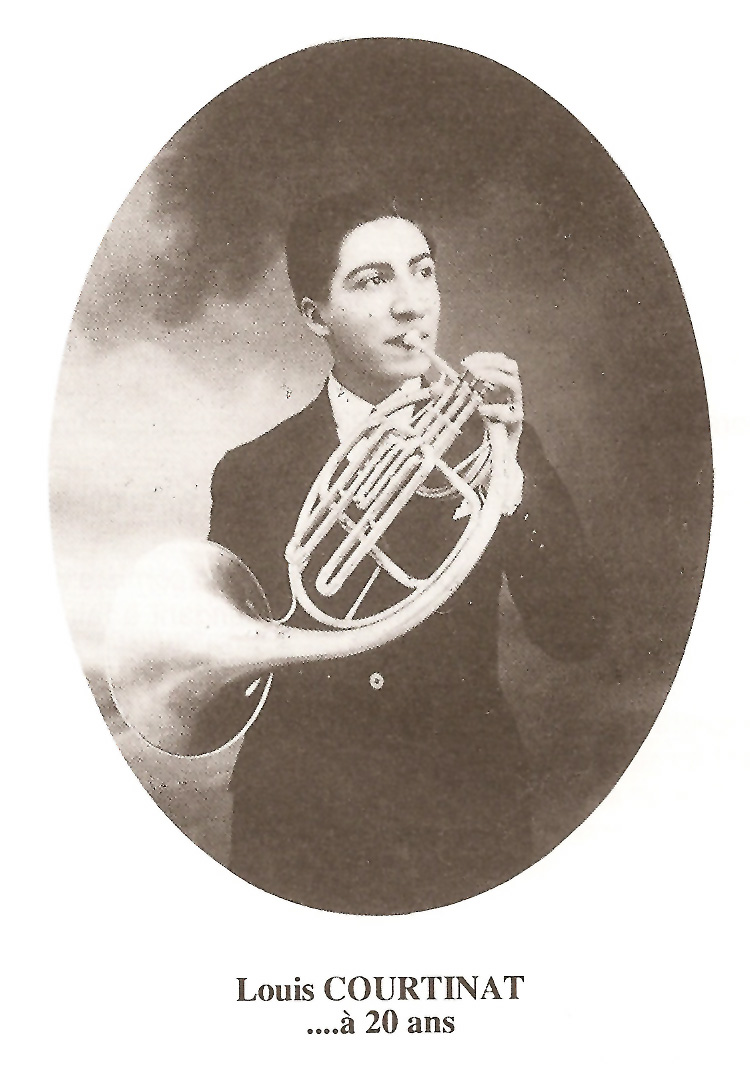
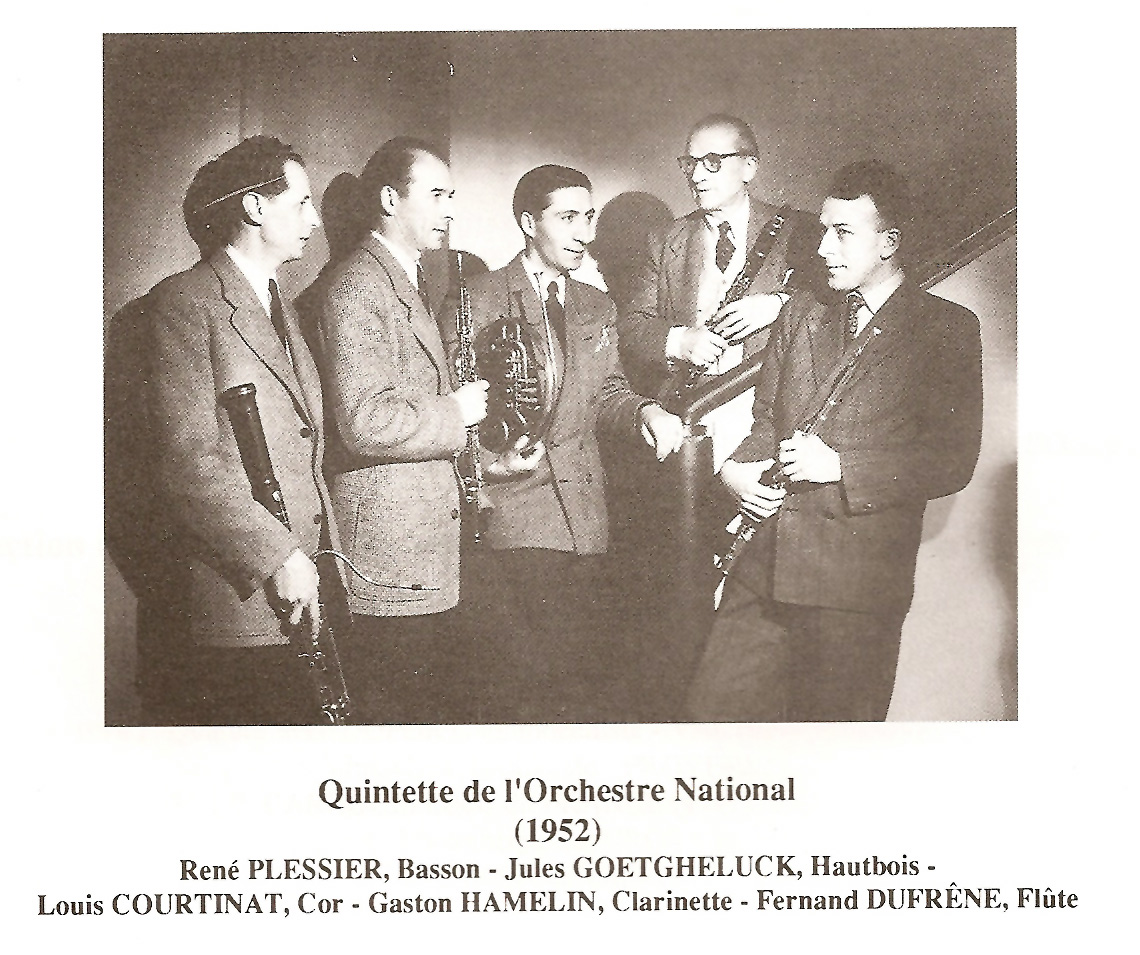
|
||
References
Contents of this site and all original photographs copyright 2000 - 2007, Richard J. Martz
All rights reserved.